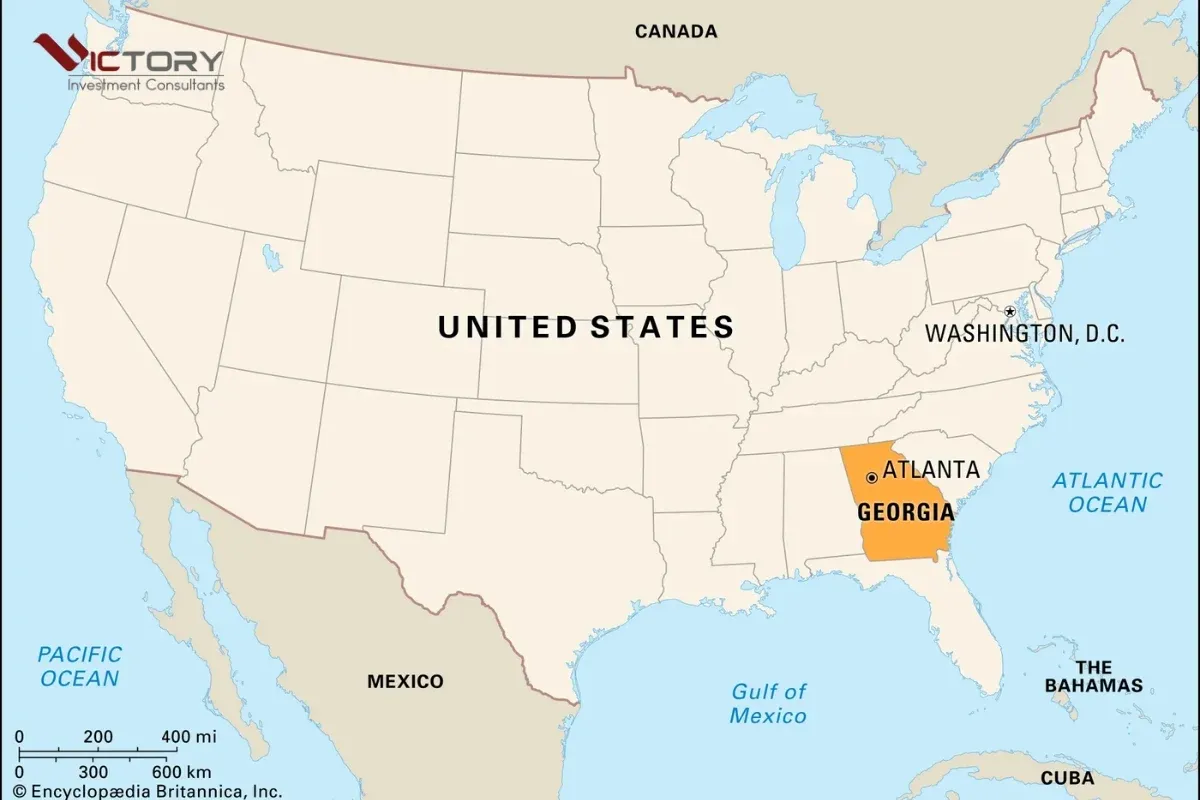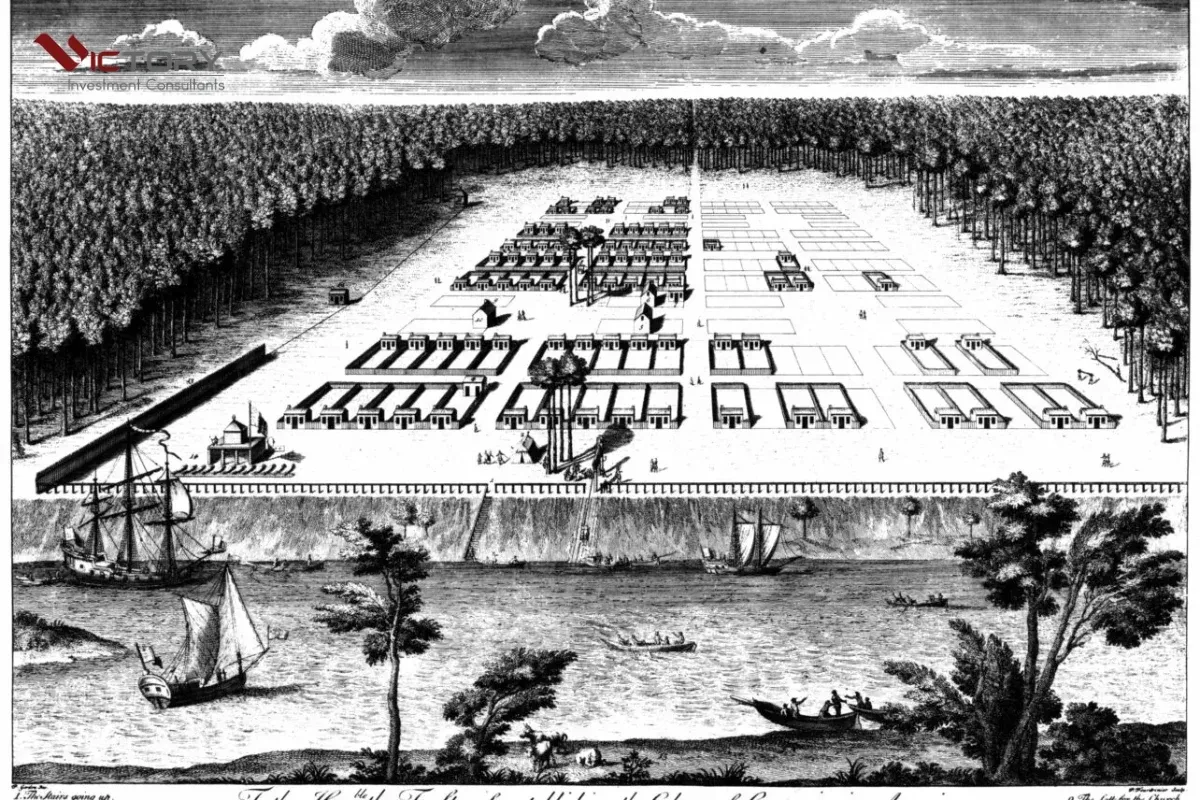Georgia, a southeastern state in the United States, is not only renowned for its warm climate and thriving economy but also holds a rich history of rail transportation. Few realize that Georgia’s railroad system has played a pivotal role in shaping the economic and social development of the state and the broader Southern United States. Among these, the historic East-West railroad stands out as a critical transportation artery, linking the Atlantic coast with the inland regions and helping Georgia become what it is today.
This article offers readers an in-depth exploration of the origins and development of Georgia’s East-West railroad. We will delve into the key milestones, significant historical figures, and the profound impact this railroad system has had on Georgia—spanning the past, present, and future.
The Origins and Creation of Georgia’s East-West Railroad
In the mid-19th century, as railroads rapidly developed across the United States, Georgia was no exception. Recognizing the immense potential of rail transportation in promoting economic growth and trade, Georgia’s leaders and businessmen began envisioning the construction of a railroad line connecting the eastern and western parts of the state. The primary goal was to establish a reliable transport corridor, enabling goods from Savannah’s port on the Atlantic to easily reach inland areas and vice versa.
In 1836, the Georgia Railroad and Banking Company was officially founded to oversee the construction and operation of this essential railroad line, which would start in the eastern city of Augusta and extend westward to connect with other regional railroads.
Construction was met with numerous challenges, including difficult terrain and limited funding. Nevertheless, through relentless determination and continuous effort, the initial stretch of the Georgia railroad was completed in 1845, linking Augusta to Athens. This marked a significant milestone for the East-West railroad and ushered in a new era of transportation and economic growth for Georgia.

Map of Georgia showing the location of the state within the Southeastern United States, where the historic East-West railroad developed to connect regions and drive commerce.
Economic and Social Impact of the East-West Railroad
From its inception, Georgia’s East-West railroad quickly proved indispensable to the state’s growth and prosperity.
Boosting agricultural economy: Prior to the railroad, transporting agricultural products such as cotton and tobacco from inland plantations to Savannah’s port was both difficult and costly. The railroad solved this problem, enabling farmers to efficiently access markets, thereby increasing productivity and profitability. Georgia’s agriculture, particularly cotton farming, experienced exponential growth due to the efficiency of rail transport.
Advancing industrialization and commerce: Beyond agriculture, the railroad facilitated the development of other industries and commerce. Transporting raw materials and goods became faster and more economical, stimulating manufacturing and trade activities between regions. New commercial and industrial centers began to emerge along the railroad line, creating job opportunities and attracting residents.
Connecting communities and fostering culture: Railroads were not only a means to transport goods but also a bridge between communities. Traveling between towns and cities became significantly easier, encouraging cultural exchanges, idea-sharing, and stronger bonds among Georgia’s residents. The railroad helped bridge geographical divides, creating a unified and flourishing society in Georgia.
Accelerating urbanization: The growth of railroads profoundly influenced Georgia’s urbanization process. Cities such as Atlanta, Athens, and Macon, located along the railroad line, became major economic and population hubs. Atlanta, once a small town, rose to prominence as Georgia’s capital and one of the South’s most significant cities, largely thanks to its strategic position as a railroad transportation hub.

Map of Georgia highlighting transportation networks and major cities, illustrating how railroads shaped urban growth and connectivity.
The East-West Railroad During the Civil War
During the American Civil War (1861–1865), Georgia’s East-West railroad became a critical strategic asset for both the Union and the Confederacy.
Military logistics: For the Confederacy, the railroad was a vital lifeline for transporting troops, weapons, food supplies, and other necessities. Maintaining control and functionality of the railroad was essential to the South’s wartime efforts. Conversely, the Union forces recognized the railroad’s significance and sought to disrupt or seize it, aiming to cut the enemy’s supply chain.
Battlegrounds: Numerous fierce battles occurred along Georgia’s East-West railroad during the war. One of the most notable events was the Siege of Atlanta in 1864, when Union General William Tecumseh Sherman launched his infamous “March to the Sea,” targeting Atlanta and its railroad infrastructure.
War’s aftermath: The Civil War inflicted severe damage on Georgia’s railroad system, with tracks, bridges, and stations destroyed in the fighting. Despite the devastation, the East-West railroad played a key role in Georgia’s post-war reconstruction and economic recovery in the South.
The Legacy and Future of Georgia’s East-West Railroad
Today, Georgia’s historic East-West railroad remains an integral component of the state’s transportation network. Though modernized, several segments of the original rail lines and structures have been preserved, serving as invaluable cultural and historical landmarks.
Preserving heritage: Historic train stations, railroad bridges, steam locomotives, and rail cars have been restored and displayed in museums and heritage sites throughout Georgia. Preservation efforts by local communities and organizations continue to honor the railroad’s legacy by educating younger generations about its profound impact on Georgia’s history.
Rail tourism: Railroad tourism is emerging as a unique travel experience in Georgia. Various heritage train routes now operate on old railroad tracks, offering visitors an opportunity to explore natural landscapes and learn about local history and culture.
Modern rail development: Alongside preserving the past, Georgia is investing heavily in developing a modern rail infrastructure. Projects to upgrade railways and establish high-speed rail lines are underway to meet increasing transportation demands and strengthen Georgia’s pivotal role as a logistics hub in the 21st century.

Economic map of Georgia showcasing diverse industries and services, with railroads continuing to play a vital role in logistics and transportation systems.
Conclusion
The history of Georgia’s East-West railroad is an inseparable part of the state’s development story. From its humble beginnings to its present-day significance, this railroad has continuously served as a vital transportation artery, driving Georgia’s economic, social, and cultural progress.
Exploring the history of the East-West railroad not only deepens our understanding of Georgia’s storied past but also helps us appreciate the lasting legacy created by previous generations. It inspires us to continue building and enhancing transportation systems to tackle future challenges and opportunities. The journey of Georgia’s railroad history remains ever-intriguing, with countless discoveries yet to unfold for those passionate about this fascinating subject.